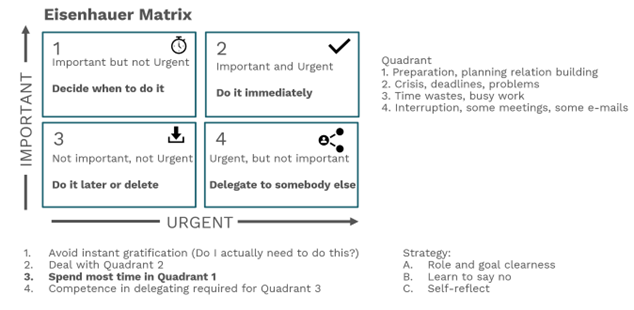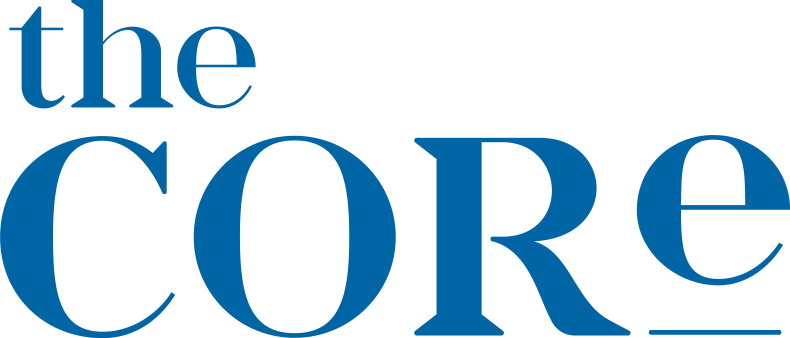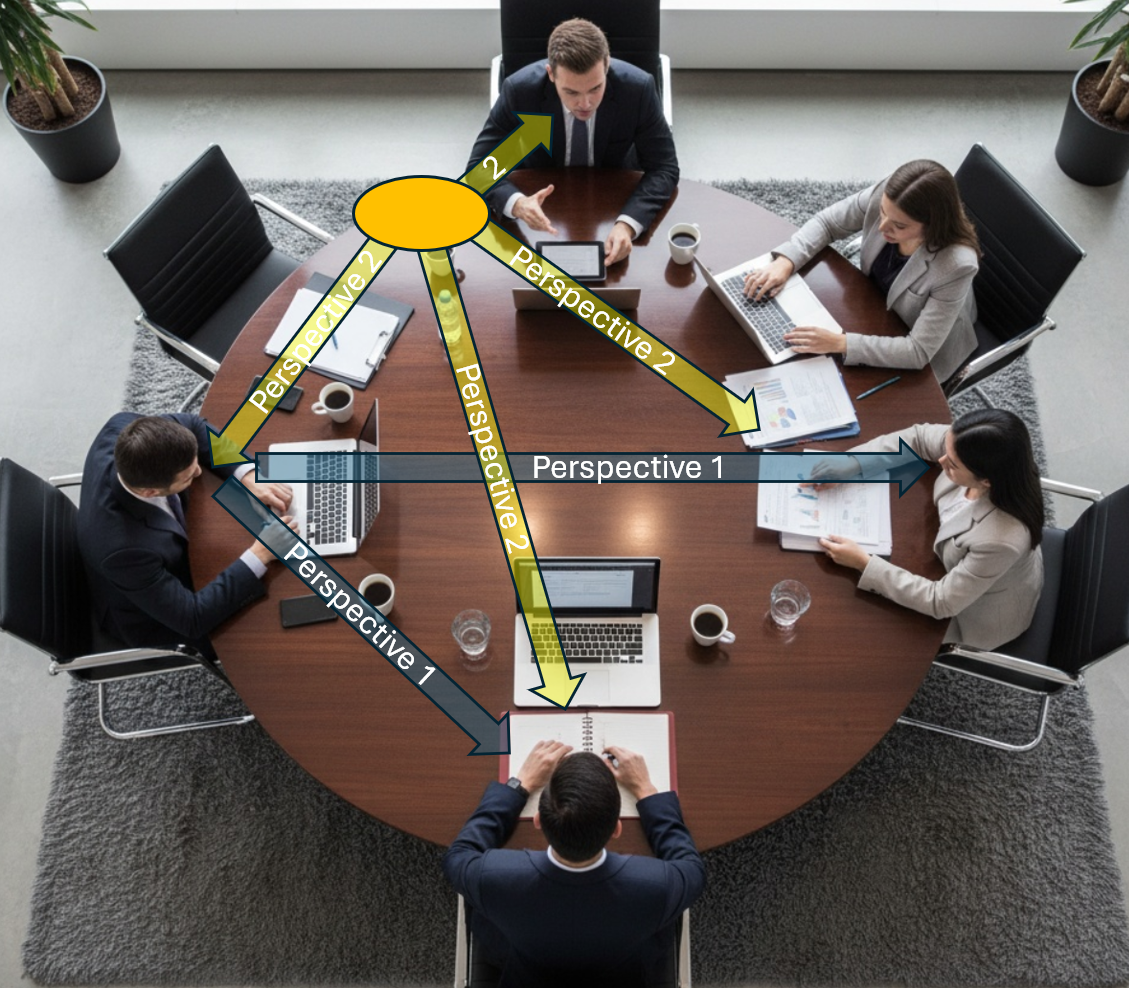Stop Firefighting: Make practical use of the Eisenhauer Matrix
Clients frequently ask how to prioritize work when swamped with emails, endless meetings, and hardly any time left for truly productive work. While many have heard of the Eisenhower Matrix – a classic tool for sorting tasks – few consistently use it, especially when overwhelmed by urgent demands. This article not only introduces the matrix but also shares actionable strategies for long-term improvement.
Why Use the Eisenhower Matrix?
The Eisenhower Matrix helps professionals organize tasks along two axes: importance and urgency. Each quadrant corresponds to a different approach: urgent and important tasks should be done immediately; important but not urgent ones should be scheduled; urgent but not important tasks should be delegated; and everything neither important nor urgent is best dropped.

Ideally, most time would be devoted to tasks in quadrant 1 – important but not urgent – because that is where true growth and progress happen. In reality, however, many find themselves constantly firefighting, stuck in the urgent and important quadrant, with little breathing room to catch up or think ahead.
Five Approaches to Better Prioritization
Real improvement requires more than simply sorting tasks:
1. Clarify Your Role
Reflect on your actual role within the organization. Are the tasks you’re performing really part of your responsibilities, or are you taking on work that doesn’t belong to you? I often notice clients spending significant time on duties outside their defined role. While there may be valid reasons to do so, it’s important to be clear about why—and to set healthy boundaries.
2. Shift the Center of Gravity
If the “do urgently” quadrant is overflowing, reconsider what truly qualifies as urgent or important. By consciously adjusting your criteria, you can weigh projects more realistically and resist the urge to treat everything as equally critical.

3. Assess the Level of Effort
Not every task requires the same time and energy. Visualize tasks according to their demands and rearrange them on the matrix accordingly. This helps eliminate unrealistic multitasking and highlights what can genuinely be accomplished at once.
4. Adapt the Size of the Quadrants
The real world is constrained by limited resources. Try shrinking the “do immediately” quadrant to reflect the actual daily time and energy you have available. The matrix does not need to be perfectly symmetrical. Adjusting it helps highlight true priorities and fosters conscious resource allocation.
5. Change Your Cruising Altitude
Quick fixes lose meaning if underlying strategic or systemic issues remain unaddressed. Step back and ask: Who benefits from my work? Are urgent requests set realistically? Has firefighting become the default mode rather than the exception? Shifting your perspective helps reset priorities toward long-term value and impact.
By combining practical tweaks to the Eisenhower Matrix with regular reflection and alignment, you can move from scattered busyness to focused, meaningful Achievement.
Coaching Is About Perspective and Possibility
Coaching isn’t about finding one perfect answer. It’s about widening your view, creating alternatives, and making choices based on awareness – not fear.
Many of my clients come with a strong analytical mindset. But what often works best is an experimental and sometimes even playful approach.
After all – if thinking harder solved it, you’d probably already have the answer.
It’s our job to make a difference that makes the essential difference.



